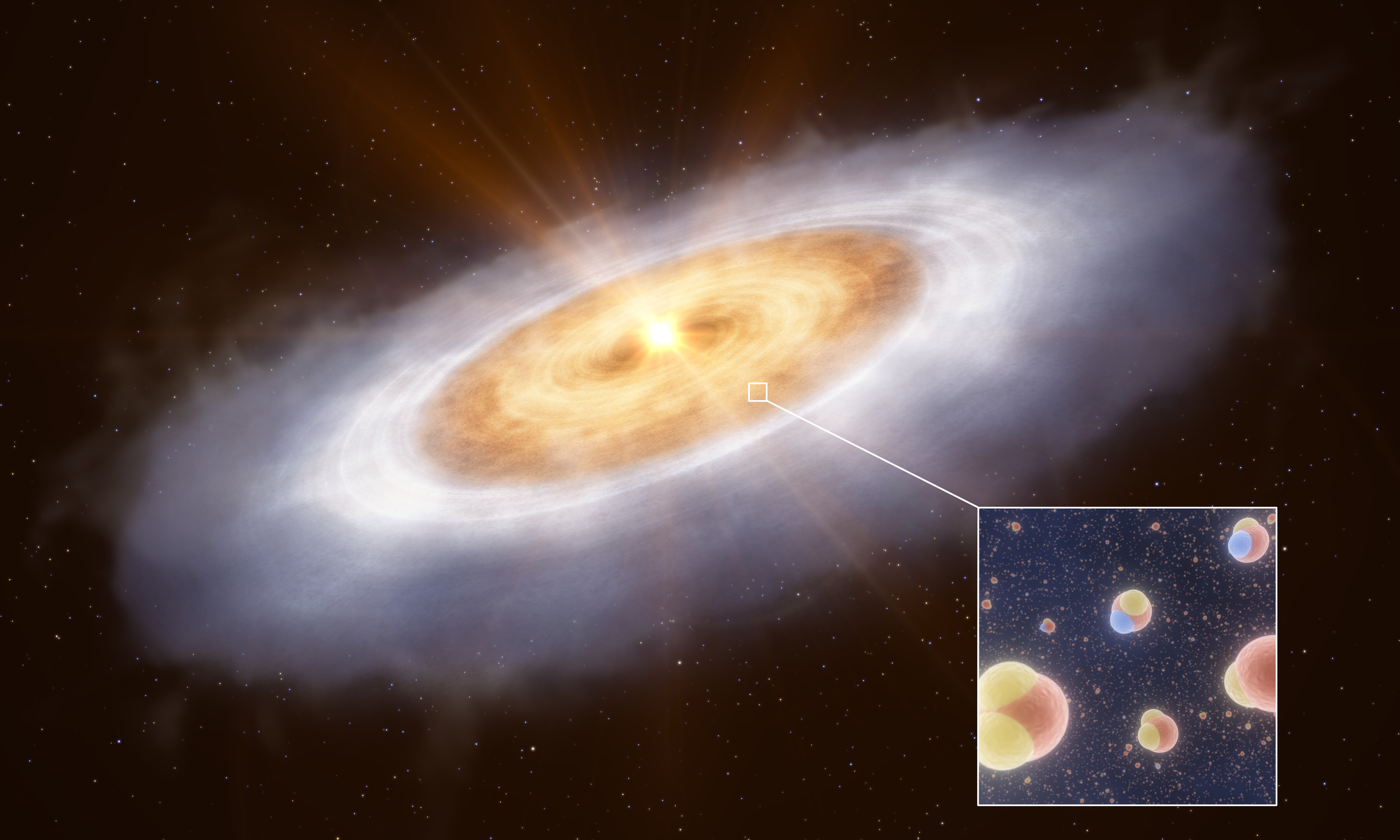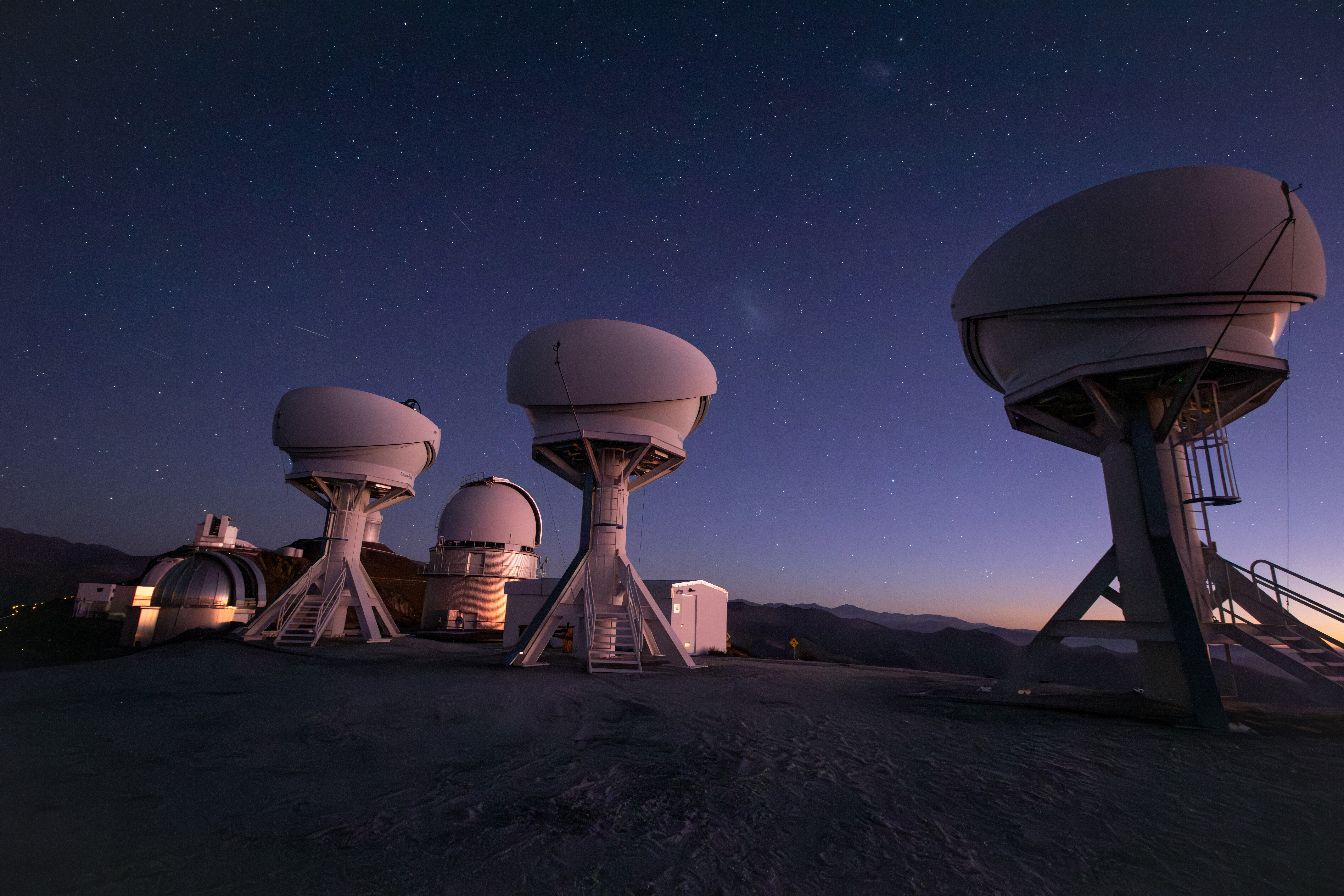Found by a Flicker of Starlight Odkryta dzięki Migotaniu Gwiazdy
TOI-1846b was first flagged by NASA's Transiting Exoplanet Survey Satellite (TESS), which detected periodic dips in the star's light. The discovery was confirmed and published in May 2024 by a global team led by Abderahmane Soubkiou. TOI-1846b została po raz pierwszy zasygnalizowana przez satelitę TESS należącego do NASA, który wykrył okresowe spadki jasności gwiazdy. Odkrycie zostało potwierdzone i opublikowane w maju 2024 roku przez międzynarodowy zespół pod kierownictwem Abderahmane'a Soubkiou.
Initial data was puzzling, but follow-up observations revealed not a water world, but something far more extreme: an ultra-dense planet that must have a colossal iron core, likely the remnant of a catastrophic giant impact. Początkowe dane były zagadkowe, ale dalsze obserwacje ujawniły nie wodny świat, lecz coś znacznie bardziej ekstremalnego: ultra-gęstą planetę, która musi posiadać kolosalne żelazne jądro, prawdopodobnie pozostałość po katastrofalnym gigantycznym zderzeniu.




